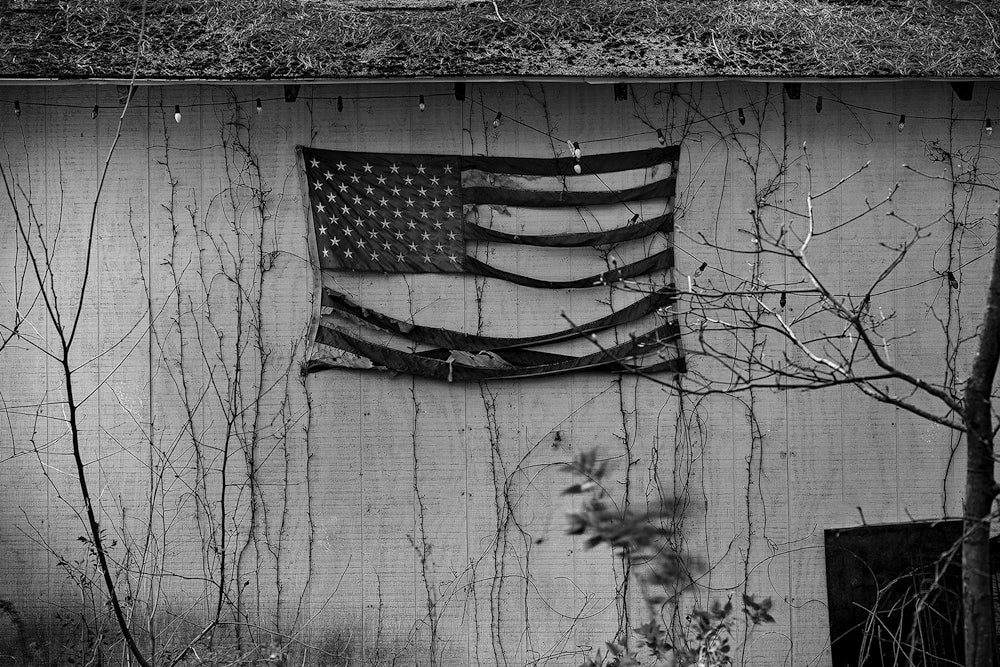In 1860, Virginia planter and slaveholder Edmund Ruffin published a work of speculative fiction titled Anticipations of the Future. An epistolary novel, it told the story of the dissolution of the United States in a civil war over slavery. Ruffin predicted that war would break out in 1868, as anti-slavery politician William Seward ran for presidential reelection. (He imagined that Seward would follow the “obscure and coarse” Lincoln in the White House.) The slave states, Ruffin suggested, would triumph after Northern cities (in particular New York) were consumed by riots touched off by their economies spiraling into a depression triggered by the loss of Southern trade. In 1865, it became apparent to him that, contrary to his prophecies, slavery would collapse, and the South would lose the war he had foreseen. In the end, unable to accept how life had departed from fiction, Ruffin committed suicide on his son’s plantation.
Today, looking at a United States in which the answers to basic questions about women’s moral and physical autonomy now vary from state to state, it is not surprising that fantasies of secession are returning. Federalism is one thing, but can one nation contain within itself essentially different legal regimes? Nevertheless, like many explanations of the rise of conservatism that emphasize the regional power of the right, and that focus on the “Southern strategy,” the emphasis on tensions between different geographical sections of the country is an oversimplification that makes it far more difficult to see where the real dangers lie.
For one thing, the acute differences between our present dilemmas and the era that led to the Civil War are greater than any surface resemblance. Then, the nature of the conflict went directly to the heart of the entire economic and social order. The question of whether Black Americans were property or people underwrote an entire way of organizing capitalism. It was a way of controlling labor, of valuing capital, of speculation and investment. It spoke to basic issues of whether the state had a monopoly on legitimate violence (under slavery, masters were granted a vast measure of control over the people they owned). And because slavery was justified in terms of a putative natural racial hierarchy, any threat to the system of enslavement could not help but point to revolution.
Today, there is no doubt that our country is fiercely divided. But the division that matters most is one of class, not of region or even culture or political party. The gap between the phenomenally rich and the desperately poor, and between the rich and the middle, is the fundamental fact of our society today. It hovers in the background of almost all political conversations that appear to be about other things: inflation politics, the politics of crime, the struggles over who can be made to have children, the question of elections, and protection for voting rights. Sometimes, the issue appears in anodyne terms: the stagnation of middle-class living standards, the decline in expectations, the skills mismatch. But the reality it describes is one of desperate and frightening poverty that haunts even people who have managed to eke out stability for the moment, alongside wealth that affords a level of consumption, comfort, and power that most of us can barely imagine.
What is often characterized in terms of “polarization” and conceived in regional terms might better be described in terms of the increasing confidence, power, and vitriol of the far right. At the heart of this politics are ferocious denunciations of a cultural elite that is supposed to threaten and sap masculine vitality by disrupting the “natural order”—whether this fantasy is expressed in terms of antagonism toward immigrants, railing against critical race theory, denouncing women who decide to end pregnancies, or stirring up hatred for people who do not identify with their biological sex. What might look like cultural divisions—or regional ones—really reflect the growing power of the extreme right, the inroads its activists and organizers have been able to make among people disaffected from the social order. They reflect a long process of political organizing and agitation as much as sectional differences of culture, lifestyle, and belief. Private fortunes have played a key role in fostering a radical anti-government politics, but equally important is that the far right’s conspiracy-drenched politics has taken root against the backdrop of exploitation and inequality.
To this point, many business lobbying groups, corporate leaders, and financial titans—the old-style Republicans and Reaganites—have recoiled from the anti-elitism of the far right, and especially from its most forthright rejections of democratic norms. They are embarrassed by Donald Trump, and they didn’t like January 6.
But one has to wonder what these figures would do if they were ever confronted with a politics that more aggressively challenged the status quo—a politics that sought to upend economic hierarchy, or at least establish national health insurance. What would they do, what will they do, when confronted with a radical politics that treats climate change as the emergency that it in fact is? One can hope that they would adjust their own ideals and expectations and accept a new redistributive regime. But perhaps, under those circumstances, the Oath Keepers and MAGA-supporters who once appeared an uncouth mob might instead suddenly seem like a righteous group of avengers, those preserving the social order. This would be the moment when a far right could ally with parts of the social and economic elite to take power, with nightmarish results. Faced with a real political challenge, at least some of those who have benefited so profoundly from our skewed economic order might find that they had more in common with those who want to challenge the legitimacy of elections than once they had thought. And while they could tell themselves that they would exploit the far right for their own goals, it is hard to imagine that they would be able to easily maintain control over it for long.






